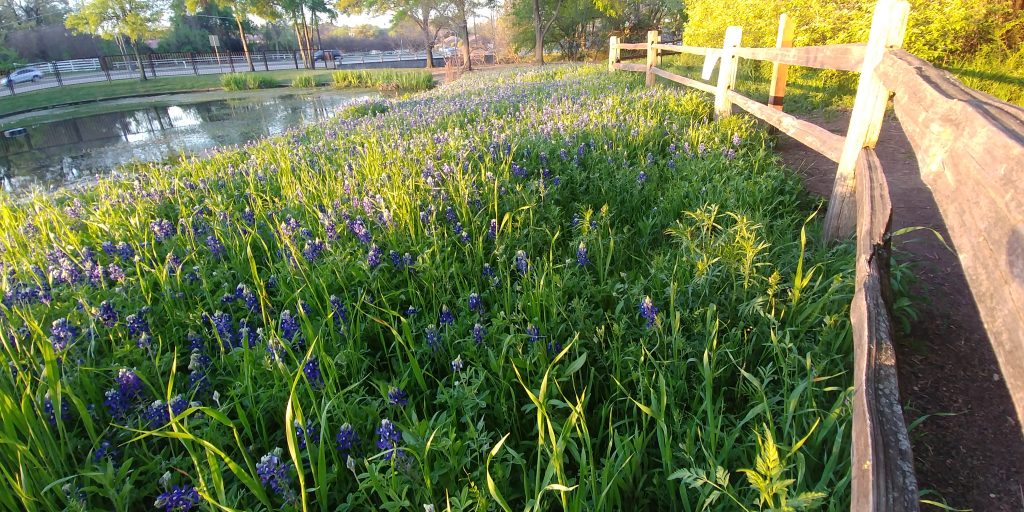
River Legacy Living Science Center is honored to be partnering with The Native Plant Society of Texas to help us restore, maintain and beautify our grounds using native plants. Member Josephine Keeney and her crew come once a month to plant and maintain beds around the Science Center and pond. If you are a regular visitor, you have probably seen the beautiful wildflowers along our pond.
Did you know that you can also add or convert your yard into a “native plant yard?” There are many benefits to incorporating native plants into your landscape, especially during the long, hot and dry Texas summers!
Why use native plants? They tend to be more tolerant of the climate and water availability for a particular area. Texas is considered to be home to about 5,000 native plants! Once established, these plants require little maintenance and are more drought tolerant than non-natives allowing the conservation of this precious resource. Just think, lower water bills!
Saving money is not the only benefit from having a native plant yard. Local wildlife is well adapted to them as food sources for seeds, nuts, fruit, and even eating the plant itself. Animals use them for shelters and habitats. Native plants support local pollinators who are vital for our food production. These plants are representatives of our regional biodiversity and preserve our history.
Where do we find them? How do I know what plant to put in the sun or in a shady or wet area? These questions and more can be answered by The Native Plant Society of Texas (npsot.org). Their mission is to “promote research, conservation and utilization of native plants and plant habitats of Texas through education, outreach and example.”
There will be even more beautiful beds in the months to come at the Science Center. Keep your eyes open and come back to visit often to see the variety!
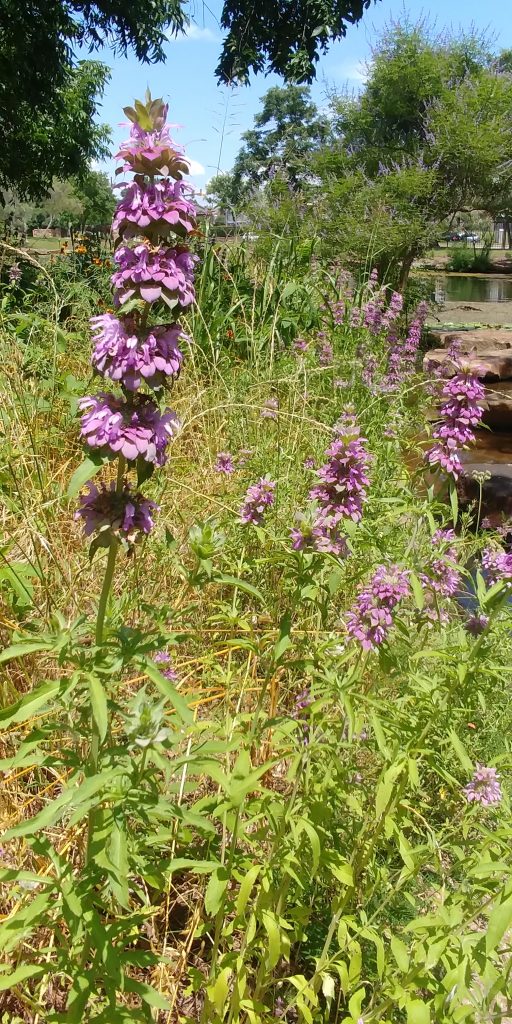
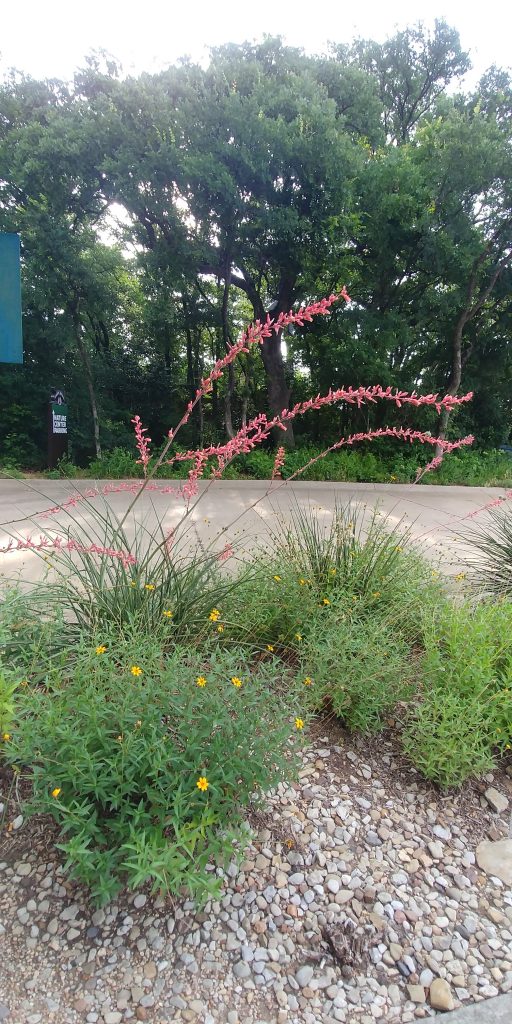

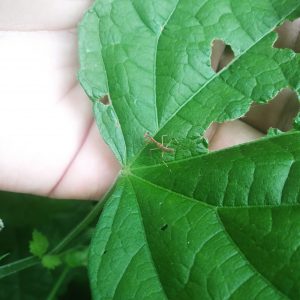
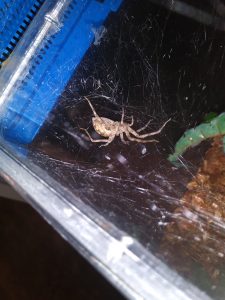
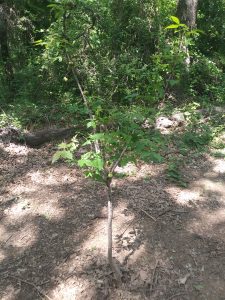
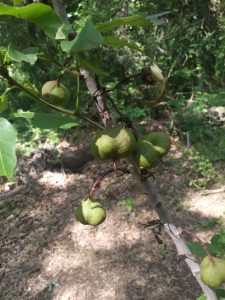
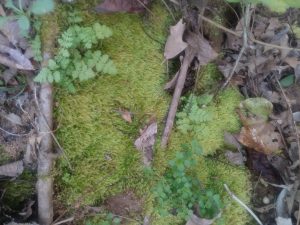
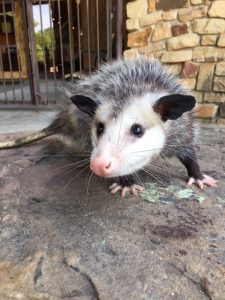
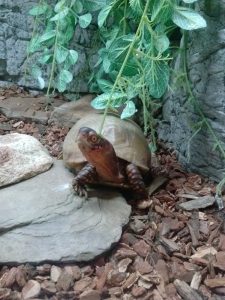
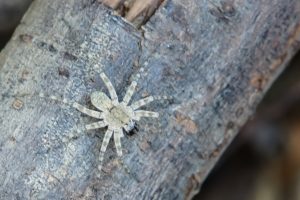
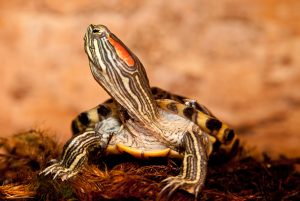
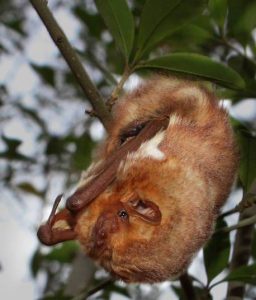
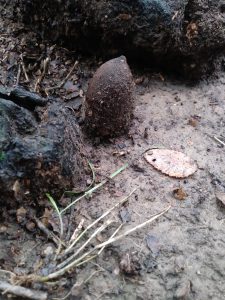
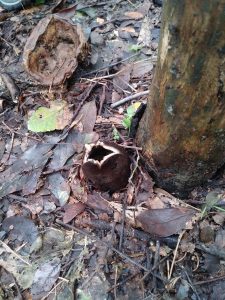
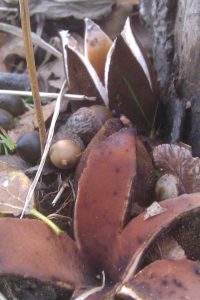
 Water is a vital resource for life. We have all seen or heard this statement since we can remember. But, what makes water unique for living organisms, from humans to blue whales to bacteria to mushrooms?
Water is a vital resource for life. We have all seen or heard this statement since we can remember. But, what makes water unique for living organisms, from humans to blue whales to bacteria to mushrooms?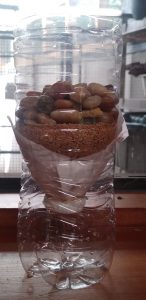 If you would like to know more about the purification process water goes through, allowing us to be good water conservationists, we invite you to our first Conservation Saturday event at 11 am, Sept. 22. There will be a family-friendly presentation on water conservation, and families will have a chance to create a water bottle water filter. Spaces are filling up quick, so if you would like to sign up, please call 817.860.6752 to RSVP. We hope to see you there!
If you would like to know more about the purification process water goes through, allowing us to be good water conservationists, we invite you to our first Conservation Saturday event at 11 am, Sept. 22. There will be a family-friendly presentation on water conservation, and families will have a chance to create a water bottle water filter. Spaces are filling up quick, so if you would like to sign up, please call 817.860.6752 to RSVP. We hope to see you there!